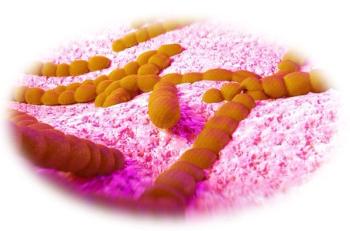
Tinea Pedis and Onychomycosis
This 30-year-old man complained of "perpetually dry" feet. He was in good health, took no medications, and had a noncontributory social and family history.
This 30-year-old man complained of "perpetually dry" feet. He was in good health, took no medications, and had a noncontributory social and family history.
The patient had thick, almost confluent scaling on the bottom of both feet (A). All toenails were thickened or dystrophic (B).
Potassium hydroxide preparations from both plantar scale and keratotic nail debris revealed innumerable long, branched, filamentous hyphae, consistent with a dermatophyte. Culture grew Trichophyton rubrum, the most common cause of chronic tinea pedis and onychomycosis.
Although a topical antifungal agent would have cleared the plantar surfaces, the nails were acting as a fungal reservoir. Therefore, Ted Rosen, MD, of Houston prescribed a 4-month course of oral terbinafine, 250 mg/d. Both the patient's feet and nails appeared normal 1 year later.
Newsletter
Enhance your clinical practice with the Patient Care newsletter, offering the latest evidence-based guidelines, diagnostic insights, and treatment strategies for primary care physicians.































































































































































































































































































